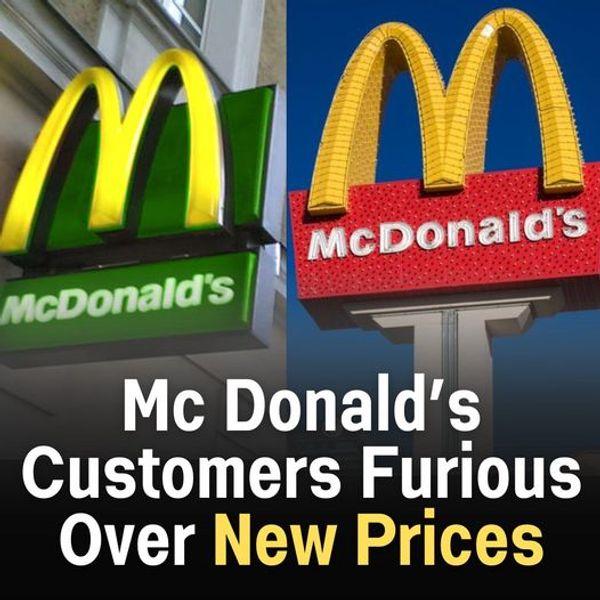
McDonald’s, a beloved fast-food chain, has recently come under fire for its rising prices. Despite the public outcry and growing concerns about the increasing cost of fast food, McDonald’s recently reported a substantial 14% increase in revenue, reaching an impressive $6.69 billion. This revelation has sparked a passionate debate among consumers, industry experts, and economists alike.
One incident that drew attention to this issue was a viral TikTok video from Christopher Olive, a popular influencer with over 400,000 followers. In the video, Olive expressed his disbelief after being charged a whopping $16 for a standard “happy meal” at McDonald’s. This incident served as a wake-up call for many, leading to a closer examination of the factors contributing to the surge in prices.
One of the main drivers behind these rising costs is the current labor shortages and subsequent wage increases. McDonald’s, like many other businesses, has been grappling with staffing challenges, resulting in higher wages to attract and retain employees. Unfortunately, these increased labor costs inevitably trickle down to the consumer in the form of higher menu prices.
Despite the backlash, McDonald’s stands by its pricing strategy. The franchise points out that it continues to offer various deals and discounts through its mobile app, providing consumers with opportunities to save despite the overall increase in prices. However, for many customers, such as Anne Arroyo from Ohio, these savings do little to offset the frustration over the apparent difference between the advertised “dollar menu” and the actual prices of menu items.
Arroyo’s sentiments are shared by numerous dissatisfied McDonald’s customers, leading to accusations of “greedflation.” This term, coined to describe the phenomenon of raising prices beyond necessary levels, suggests that companies may be taking advantage of concerns about inflation to maximize their profits.
Despite the criticism and accusations, McDonald’s continues to experience growth in profitability, thanks in part to the higher menu prices. This highlights the enduring demand for McDonald’s products, despite the financial strain it may impose on consumers. It also raises questions about the long-term sustainability of the franchise’s pricing strategy and its implications for both consumers and the broader fast-food industry.



